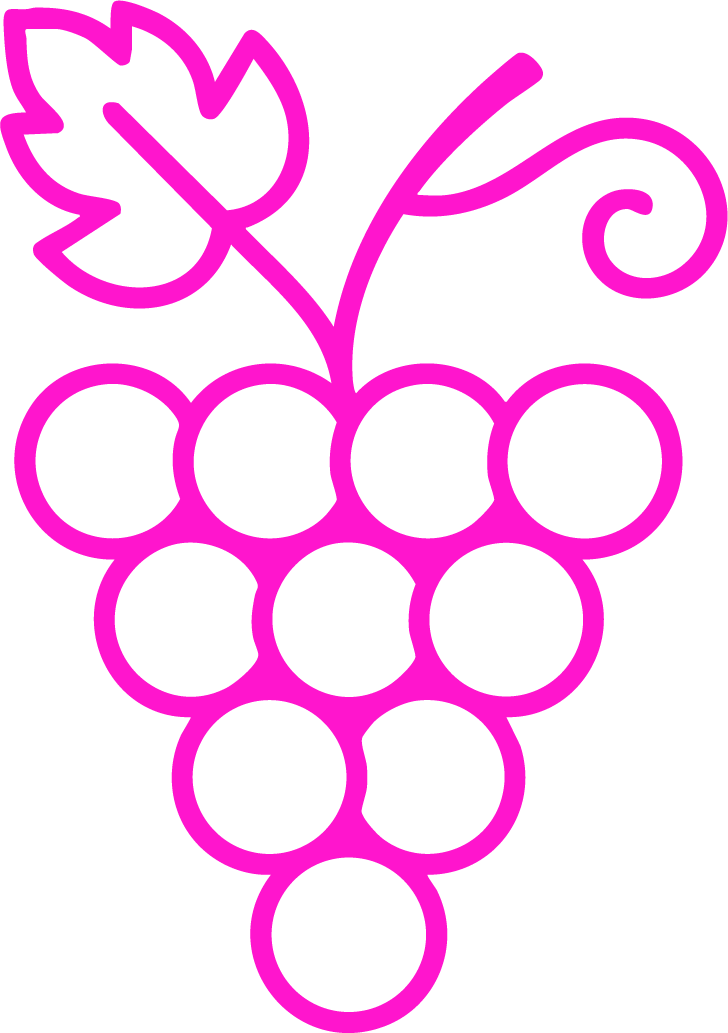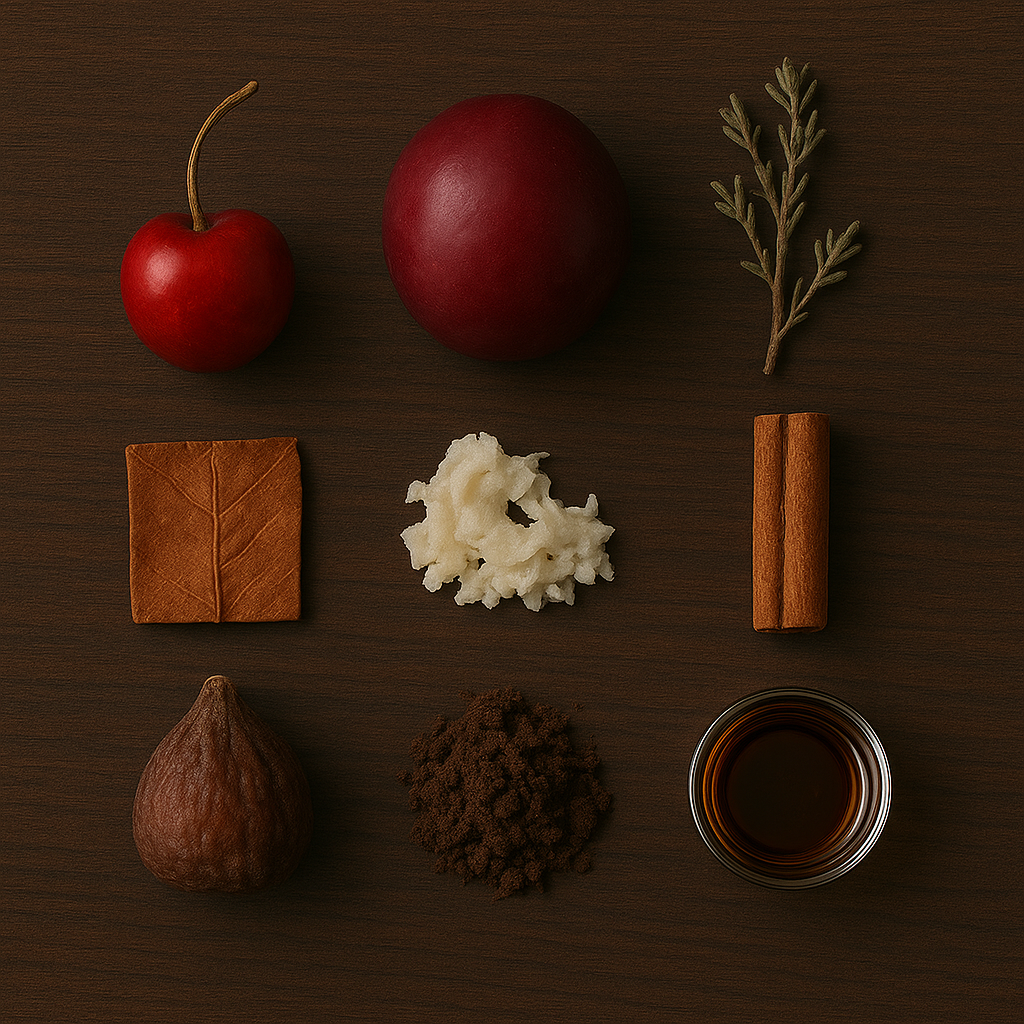Sangiovese
🔊 Pronunciation: san-joe-vay-zay
🔍 Quick Summary
Italy’s flagship red grape, Sangiovese delivers bright cherry fruit, savory herbs, and mouthwatering acidity that define iconic Tuscan wines.
📜 History
Origin: Likely ancient, cultivated since Roman times in Tuscany, Italy — ancestry debated but linked to Ciliegiolo and Calabrese Montenuovo.
Etruscan cultivation: Evidence suggests early domestication in central Italy over 2,000 years ago.
Name meaning: From Latin “sanguis Jovis” — “blood of Jupiter,” linking it to Roman mythology.
Expansion: Spread through central Italy in the Middle Ages via monastic vineyards.
Modern revival: Quality revolution in the 1970s with the rise of “Super Tuscans” blending Sangiovese with international varieties.
🧠 What to Know
Italy’s most planted grape with remarkable regional diversity.
Chameleon grape: Adapts to terroir, yielding everything from rustic to polished wines.
Acid-driven: Notable for bright, food-friendly acidity that lifts flavors.
Tannin structure: Can range from moderate to firm, ideal for aging.
Key role: Forms the backbone of Chianti, Brunello di Montalcino, and Vino Nobile di Montepulciano.
Modern blends: Embraced in Super Tuscan wines with Cabernet Sauvignon and Merlot.
📍 Where It’s Found
🇮🇹 Tuscany – Clay & limestone soils + warm, dry summers = Structured, ageworthy reds
Warm Mediterranean | 80–90 °F (27–32 °C) avg daytime highs
🇮🇹 Emilia-Romagna – Alluvial soils + temperate climate = Fruity, easy-drinking styles
Temperate Continental | 75–85 °F (24–29 °C) avg daytime highs
🇮🇹 Umbria – Clay-limestone soils + sunny hills = Rich, herbal, balanced wines
Mediterranean | 78–88 °F (26–31 °C) avg daytime highs
🇺🇸 California – Diverse soils + warm sun = Plush, ripe-fruited interpretations
Warm Mediterranean | 85–95 °F (29–35 °C) avg daytime highs
👅 Flavor & Style
Bright, savory, and structured — classic Sangiovese is all about balance.
Color: Medium ruby to garnet
Aromas & Flavors:
Primary: Sour cherry, red plum, wild herbs
Secondary: Tobacco, leather, baking spice from oak
Tertiary: Dried fig, forest floor, balsamic notes with age
Structure: High acidity, moderate to firm tannins
Body: Medium to full
Alcohol: Typically 13–15% ABV
🛠 Winemaking Notes
Producers balance tradition and modernity to shape Sangiovese’s style.
Fermentation: Often in stainless steel to preserve fruit purity.
Aging: From large neutral casks to new French barriques for complexity.
Blending: Frequently blended with international grapes in Super Tuscans.
Expression: Winemakers focus on terroir-driven single-vineyard bottlings.
🍽 Food Pairing Ideas
Pairs well with savory dishes that mirror its acidity and tannin.
Savory: Bistecca alla Fiorentina, tomato-based pasta, wild boar ragù
Cheese: Pecorino Toscano, Parmigiano-Reggiano, aged Gouda
Unexpected: BBQ pork, spicy pepperoni pizza, balsamic-glazed mushrooms
🔗 Related Topics to Explore
🍇 Brunello di Montalcino – Pure Sangiovese, structured and ageworthy
🍇 Chianti Classico – Tuscany’s signature Sangiovese expression
🛢 Super Tuscans – Sangiovese meets international grapes for modern styles
🌱 Galestro Soils – Rocky clay-limestone soils defining Tuscan terroir



